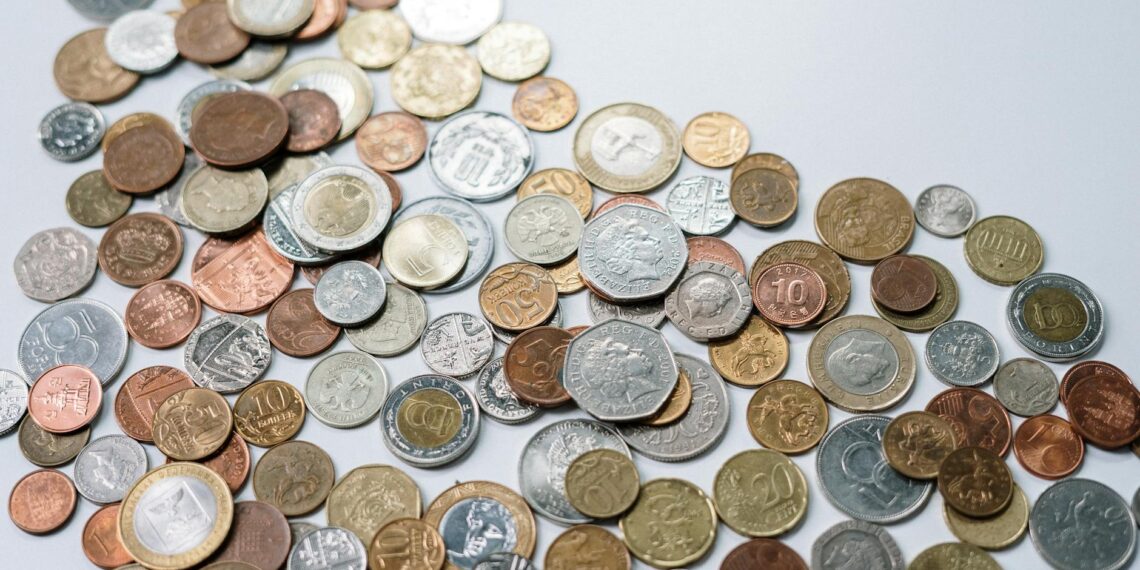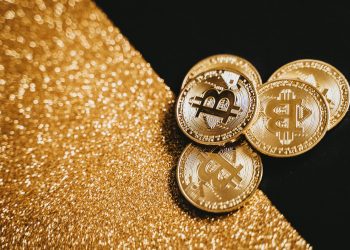The Japanese 10-yen coin (十円硬貨, Jū-en kōka) is a commonly used denomination of the Japanese yen.
Here’s a breakdown of its features and history:
- Composition: Bronze (95% copper, 3-4% zinc, 1-2% tin).
- Color: Reddish-brown.
- Obverse: Features the Phoenix Hall of Byōdō-in, a UNESCO World Heritage site in Kyoto, along with the kanji for “Japan” and “Ten Yen”.
- Reverse: Displays the number “10”, the date of issue in kanji, and is surrounded by bay laurel leaves.
- Edge: Smooth.
- Mass: 4.5 grams.
- Diameter: 23.5 millimeters.
- Thickness: 1.5 millimeters.
- The first 10-yen coin, minted in 1871, was made of gold and copper. A second gold issue was introduced in 1897. Both were later demonetized.
- Bronze 10-yen coins were first minted in 1951 during the Allied occupation and released in 1953.
- Coins minted between 1951 and 1958 had reeded edges and were called “Giza 10”.
- Since 1959, the 10-yen coin has had a smooth edge.
- Minor design changes to the Byōdō-in image were made in 1986.
- The 10-yen coin is still produced today.
Due to a potential play on words where “10 yen” can sound like “far destiny”, the coin is generally not recommended for offerings at shrines.











Is a 10 yen coin rare?
From my experience, Bronze 10 yen (1871 – 1958) 10 Yen bronze is all about it’s temple and cultural events. After world war 2 it had been kept and not out of japan but 2% of its own coins were not found. Its rare and antique which are hardly found till date.
Are 10 yen coins still used?
I can help with that. The Japanese yen currently circulates in various denominations, including coins and banknotes. Coins include 1 yen, 5 yen, 10 yen, 50 yen, 100 yen, and 500 yen. Banknotes come in denominations of 1,000 yen, 2,000 yen, 5,000 yen, and 10,000 yen. Coins and banknotes are commonly used in Japan.